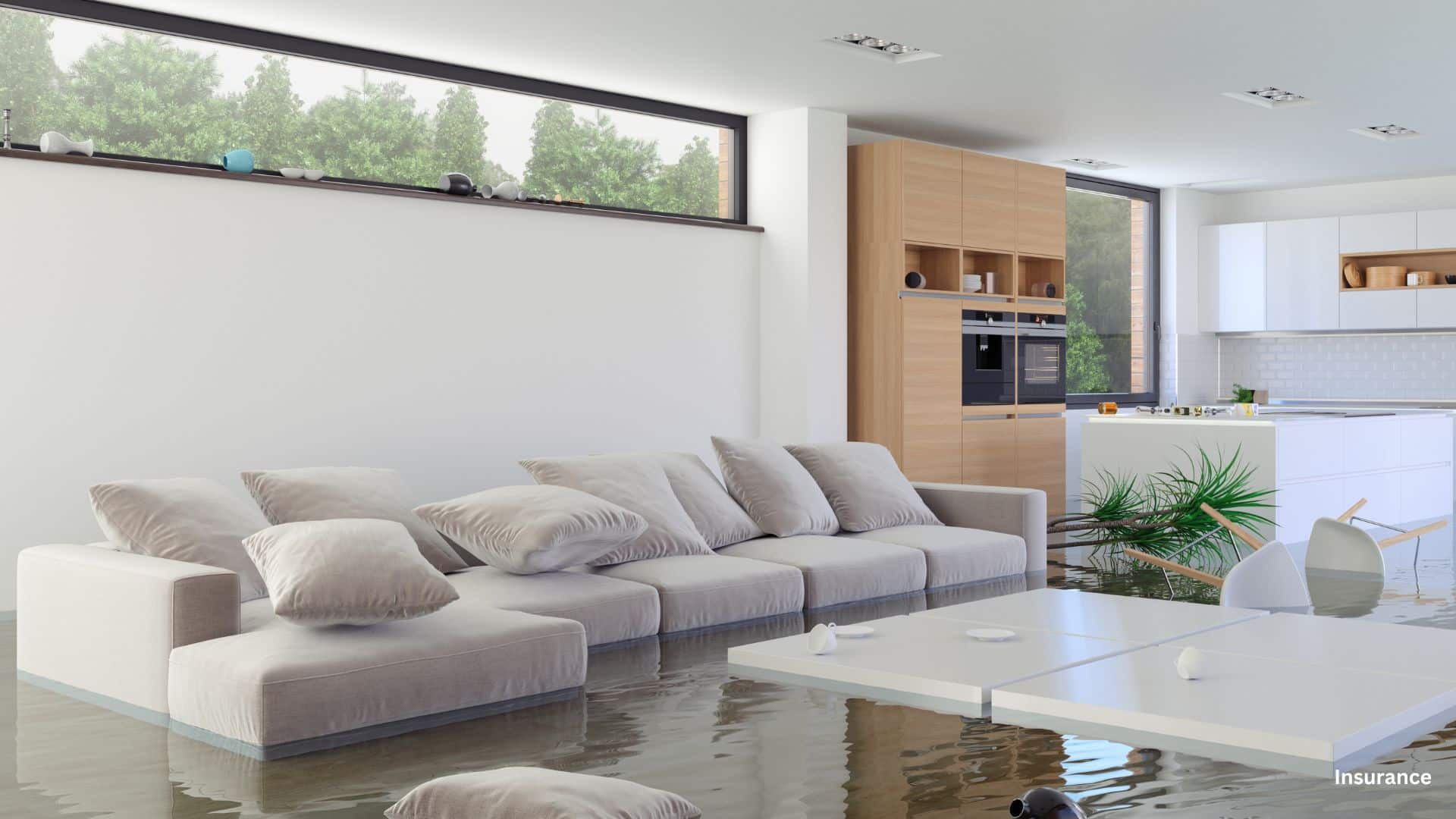Flood insurance is a crucial consideration for homeowners, especially given the increasing frequency and intensity of flooding events. But does your home need flood insurance? Understanding the risks and benefits can help you make an informed decision.

Understanding Flood Insurance
Flood insurance is a specific type of property insurance that covers damage caused by flooding, which is typically not covered under standard homeowners insurance policies. This insurance can be purchased through the National Flood Insurance Program (NFIP) or private insurers, providing financial protection against the devastation floods can cause.
Assessing Your Flood Risk
Flood risk varies significantly based on location. Homes in high-risk areas, known as Special Flood Hazard Areas (SFHAs), have a higher likelihood of flooding. FEMA’s flood maps can help you determine if your home is in an SFHA. Even if you live outside these high-risk zones, it’s important to remember that floods can and do happen anywhere. According to FEMA, 25% of flood claims come from moderate- to low-risk areas.

Why You Might Need Flood Insurance
- High-Risk Areas: If your home is in an SFHA and you have a mortgage from a federally regulated or insured lender, you are required to have flood insurance. This is because the financial risk of flooding is deemed significant enough to mandate protection.
- Moderate- to Low-Risk Areas: While not required, it’s still wise to consider. Floods can result from storms, melting snow, drainage system failures, and other factors. Just one inch of water can cause up to $25,000 in damage.
- Peace of Mind: It provides peace of mind knowing that you have a safety net. Federal disaster assistance is not always available and often comes in the form of loans that must be repaid, unlike insurance payouts.
What Flood Insurance Covers
- Building Property: This includes the physical structure of your home and its foundation, electrical and plumbing systems, and major appliances.
- Personal Property: This covers your personal belongings, such as furniture, clothing, and electronic equipment.

Flood Insurance Providers
National Flood Insurance Program (NFIP)
Managed by FEMA, the NFIP is the primary source of flood insurance in the U.S., offering coverage to homeowners, renters, and businesses.
State Farm
One of the largest insurance companies in the U.S., State Farm offers flood insurance policies through the NFIP.
Allstate
Allstate provides flood insurance policies through the NFIP and also offers additional coverage options to enhance standard policies.
USAA
Catering primarily to military families, USAA offers flood insurance policies through the NFIP.
Farmers Insurance
Farmers offers flood insurance policies through the NFIP and provides resources to help customers understand their flood risk.
Liberty Mutual
Liberty Mutual offers flood insurance policies through the NFIP and provides tools to estimate flood risk and insurance costs.
Progressive
Progressive offers flood insurance policies through the NFIP, providing coverage for both homeowners and renters.
Geico
Geico partners with the NFIP to offer flood insurance policies, providing resources to help customers understand and manage their flood risk.
These providers offer various levels of coverage, and it’s important to compare policies and consult with an insurance agent to find the best option for your specific needs. For more information and to find a provider near you, visit the NFIP website or consult with an insurance agent.

Pros and Cons of Getting Flood Insurance
Pros
- Financial Protection: It can help cover the cost of repairing your home and replacing personal property damaged by flooding. This can save you from significant out-of-pocket expenses in the event of a flood.
- Peace of Mind: Knowing that you have coverage in the event of a flood can reduce stress and provide peace of mind, especially during severe weather conditions or flood warnings.
- Compliance with Mortgage Requirements: If you live in a high-risk flood zone and have a mortgage from a federally regulated or insured lender, flood insurance is often mandatory.
- Availability of Assistance: While federal disaster assistance is not always available or sufficient, it guarantees that you will receive financial help to repair and rebuild after a flood.
- Covers More Than Federal Aid: Insurance payouts from policies are typically more comprehensive than federal disaster assistance, which often comes in the form of loans that need to be repaid.
Cons
- Cost: Premiums can be expensive, especially in high-risk areas. The cost varies based on factors such as your property’s location, the coverage amount, and your deductible.
- Coverage Limitations: Policies have limits on coverage amounts and may not cover all types of damage or personal property. It’s essential to understand what is and isn’t covered by your policy.
- Waiting Period: Most policies have a 30-day waiting period before they become effective, which means you can’t purchase insurance in anticipation of an immediate threat.
- Annual Premiums: It equires annual renewal, which can be a recurring expense that adds up over time.
- False Sense of Security: Having insurance might lead some homeowners to overlook necessary flood mitigation measures, believing that insurance alone is sufficient protection.
Cost Considerations
On average, NFIP policies cost around $738 per year. However, this amount can differ significantly based on the factors mentioned above. To ensure you get the best coverage for your needs, it’s important to shop around and compare different policies.

Flood insurance is a vital consideration for protecting your home and financial well-being. Whether required by law or not, the potential benefits of having insurance for your home far outweigh the costs, providing a critical safeguard against the unpredictable nature of floods. Evaluate your risk, explore your options, and consider investing in flood insurance to ensure you’re covered when it matters most.








